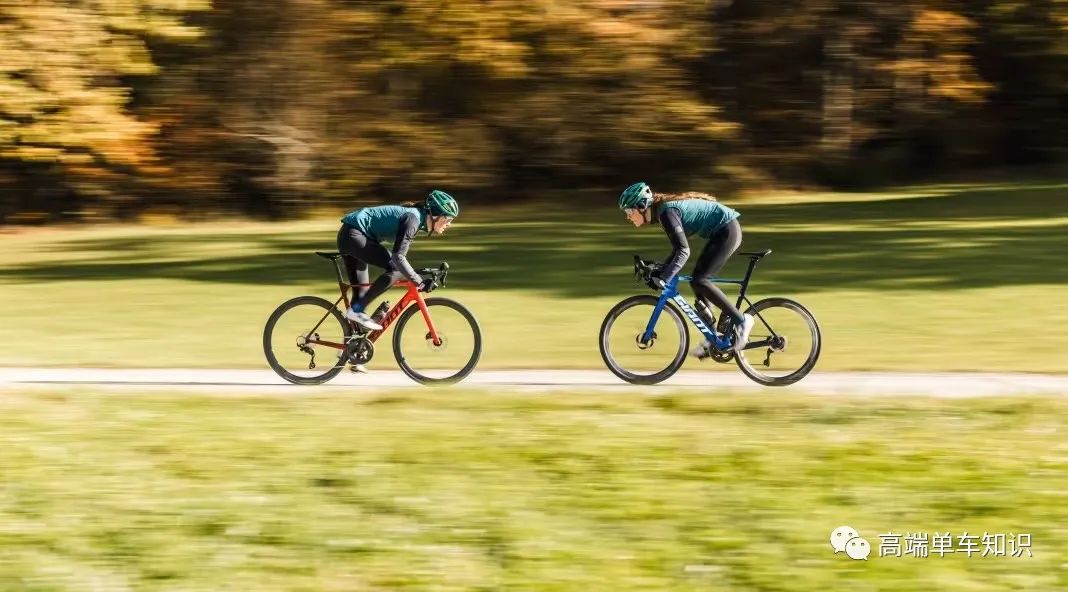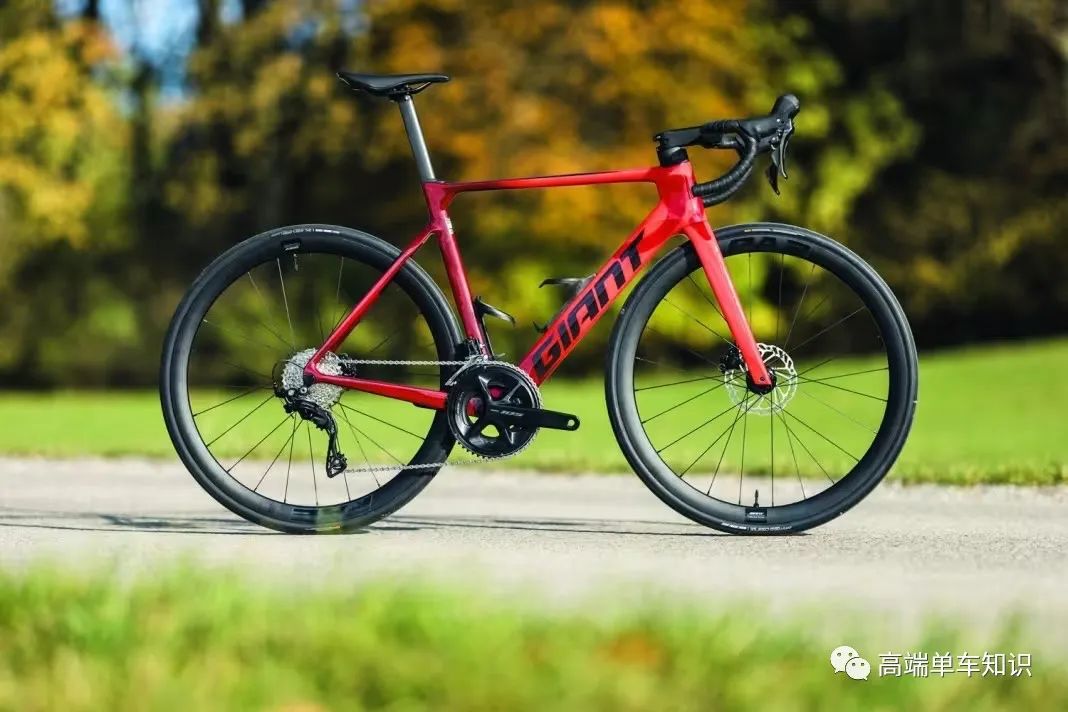Product Categories
New Products
 As the world's largest bicycle brand, Giant has its own carbon fiber factory, and different levels of frames are manufactured using different processes and carbon fiber materials. The latest TCR and Propel use two different levels of materials, Advanced SL-grade composite and Advanced -grade composite. The Advanced SL-level frame uses laser cutting carbon cloth and part of the robot rolling process, which can improve precision and reduce carbon cloth overlap. thereby reducing weight.
As the world's largest bicycle brand, Giant has its own carbon fiber factory, and different levels of frames are manufactured using different processes and carbon fiber materials. The latest TCR and Propel use two different levels of materials, Advanced SL-grade composite and Advanced -grade composite. The Advanced SL-level frame uses laser cutting carbon cloth and part of the robot rolling process, which can improve precision and reduce carbon cloth overlap. thereby reducing weight.

When Giant releases new products, it always claims the data of its flagship Advanced SL, giving everyone the feeling that the frame is very light in weight and has a very high stiffness-to-weight ratio. For example, the third-generation Propel frame weighs 845 grams (920 grams with coating), the frame stiffness is increased by 9.9%, the pedaling stiffness is increased by 7.5%, and the stiffness when combined with the front fork is increased by 9.2%. Combined with the weight reduction, Giant calculates that overall efficiency has increased by 26.4%. The weight of the ninth-generation TCR M-size frame has been reduced to 765 grams, and the weight of the front fork is 330 grams.
 Although the stiffness is a little lower than the previous generation, considering the reduced weight, the stiffness-to-weight ratio has been improved. The stiffness-to-weight ratio is an indicator that Giant is proud of (and relies on for survival). Higher means faster acceleration and more direct feedback. We all know the weight and stiffness of the Advanced SL frame, but what is the Advanced frame? After all, most people will choose the Advanced level for cost-effectiveness. You can’t ride an Advanced while dreaming of an Advanced SL!
Although the stiffness is a little lower than the previous generation, considering the reduced weight, the stiffness-to-weight ratio has been improved. The stiffness-to-weight ratio is an indicator that Giant is proud of (and relies on for survival). Higher means faster acceleration and more direct feedback. We all know the weight and stiffness of the Advanced SL frame, but what is the Advanced frame? After all, most people will choose the Advanced level for cost-effectiveness. You can’t ride an Advanced while dreaming of an Advanced SL!
Fortunately, TOUR gave us the answer. Comparing the third generation Propel Advanced SL and Propel Advanced 2, we can know the gap between Advanced SL and Advanced level frames.
The same ML code frame:
Picture Propel Advanced SL 0 bike 6.7 kg (excluding pedals)
Picture Propel Advanced 2 complete bike 9kg
The weight of the flagship Propel Advanced SL frame (including metal parts)/front fork/headset is: 975/411/58 grams respectively.
The weight of the second-level Propel Advanced frame (including metal parts)/front fork/headset is: 1232/483/63 grams respectively.
Yes, you read that right, the Propel Advanced is 334 grams heavier than the Advanced SL frameset.
Frame stiffness data
|
|
Propel Advanced SL |
Propel Advanced |
| Head tube stiffness |
114Nm/°(1.0) |
104Nm/°(1.0) |
|
Front fork lateral stiffness |
52N/mm(1.3) |
62N/mm(1.0) |
|
Bottom bracket stiffness |
74N/mm(1.0) |
66N/mm(1.0) |
| Seat tube stiffness (comfort) |
169N/mm(2.0) |
204N/mm(2.3) |
The steering stiffness and bottom bracket stiffness are higher than those of Propel Advanced SL, but they both reach TOUR's highest score of 1.0. The lateral stiffness of the front fork is actually higher than that of Propel Advanced. It seems that the front fork is heavier and stiffer. The lower the longitudinal stiffness of the seat tube means the frame is more compliant, which means it is more comfortable. The Advanced SL frame uses the ISP design to show obvious advantages.
Overall, the stiffness difference between Propel Advanced SL and Propel Advanced is not big, but the weight difference is very obvious, which means that the stiffness-to-weight ratio is also very different, which will be reflected in acceleration and climbing. Propel Advanced SL will be more agile.